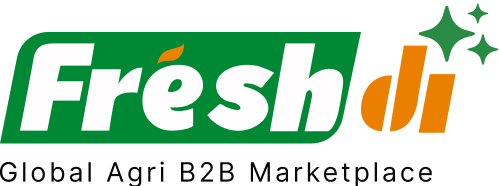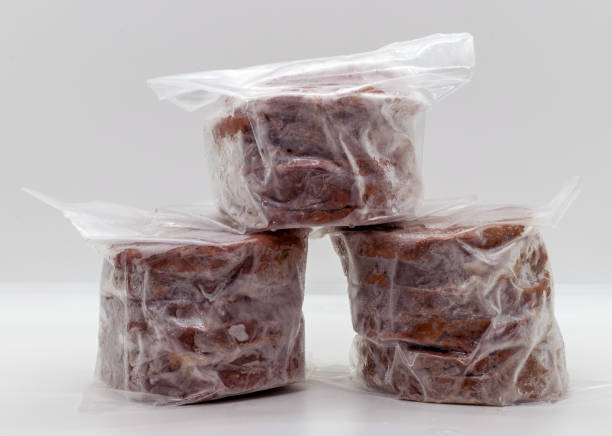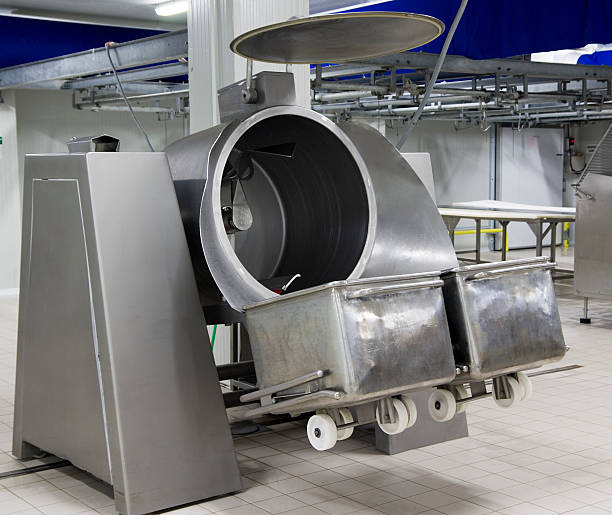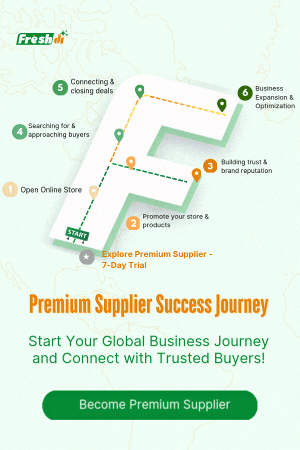Introduction – Current State of Play: The Frozen Beef Sector in Netherlands
The Netherlands’ frozen beef market is undergoing some pretty big changes right now. If you’re in the meat trade—whether sourcing, exporting, or distributing—you’ve probably felt the tremors. From rising beef prices to major supply chain hiccups and shifting consumer habits, the terrain is anything but stable.
In July 2025, beef prices surged dramatically, and if that wasn’t enough, the global supply chain has been under stress due to production drops in countries like France and weather-related disruptions in North America. For businesses in the Netherlands, this means one thing: adapt fast or risk falling behind.
To stay competitive, companies must rethink sourcing strategies, explore new supplier relationships, and remain informed about real-time market shifts. Platforms like Freshdi help businesses stay ahead by offering detailed market insights, supplier verification, and real-time RFQ (Request For Quotation) trends.
Let’s break down what’s happening in the Netherlands frozen beef scene right now and explore the key suppliers and strategies that businesses need to know.
Deep Dive – What’s Making Headlines? Key Recent News & Impacts
Beef Prices Are Climbing—Fast
As of May 2025, the consumer price index for beef and veal hit 155 points. That’s an 11% jump since March and a 22% leap compared to last year. What’s causing this?
- Less Beef to Go Around: The number of cattle slaughtered in the Netherlands has dropped by nearly 8% year-over-year.
- Global Disruptions: Droughts in the U.S. and Canada, coupled with reduced output in France, are squeezing the global beef supply.
- Increased Costs: Meat processors are paying more just to get their hands on cattle, and those costs are trickling down to consumers.
Source: Vakblad Voedingsindustrie
Cold Chain Infrastructure Is Getting a Boost
As the need for efficient frozen food logistics grows, the Netherlands is ramping up its cold chain systems. Some key data:
- Current market value in 2024: $4.08 billion
- Projected market value by 2032: $8.97 billion
- CAGR: 10.3%
What’s driving this growth?
- E-commerce grocery sales are booming.
- Cold chain logistics are crucial for healthcare (vaccines, meds).
- Investments in automation and sustainability are on the rise.
Source: Verified Market Research
Consumer Preferences Are Changing
Dutch consumers aren’t just looking for frozen beef— they’re looking for convenience, quality, and healthier options.
- Market value of processed beef products in 2023: $486.94 million
- Expected value by 2032: $707.01 million
- CAGR: 4.23%
People are busy. That’s pushing demand for ready-to-cook or ready-to-eat meals. Plus, better processing and packaging tech means longer shelf life and higher standards.
Source: Credence Research
Labor Shortages and Industry Contraction
The Dutch food industry has been shrinking for three straight years. In 2024, output dropped another 1%. Why?
- Raw material issues are slowing production.
- Over 60% of companies report serious labor shortages.
To tackle this, businesses are turning to automation and robotics as long-term solutions.
Source: Supply Chain Movement
Top 10 Verified Frozen Beef Suppliers in Netherlands – Navigating Current Market Realities
Finding reliable frozen beef suppliers in this climate is tough—but not impossible. Verified through Freshdi, these suppliers stand out for international capabilities, certifications, and consistent buyer feedback:
-
Risco Services B.V
A prominent player known for high-quality frozen beef exports and a strong network in Europe and beyond. -
J.W. EIKELENBOOM
A long-established supplier with deep roots in the Dutch meat industry and a reputation for reliability. -
JvE Verhuur B.V.
Offers tailored solutions for frozen meat products, and is trusted for consistent delivery timelines. -
Jve Verhuur Bv
Known for scalable supply capabilities and excellent client communication. -
WELLBEEF
Specializes in premium-grade frozen beef products and meets international certification standards. -
CAPI FOOD B.V.
Known for its wide product range and strong logistics infrastructure, especially valuable in turbulent times. -
World Beverages B.V.
Offers high-quality Halal frozen beef, tapping into niche markets with growing demand.
Dynamic Ranking Note: Supplier rankings on platforms like Freshdi are updated regularly. Keep an eye on “Suppliers of the Month/Quarter” to spot rising stars or new market leaders.
Market Navigation – Strategic Responses to The Prevailing Frozen Beef Landscape in Netherlands
With all these moving parts, how should businesses adapt?
1. Diversify Supply Chains
Don’t rely on a single supplier or region. Consider using platforms like Freshdi to find verified alternatives and reduce sourcing risk.
2. Lock in Prices Where Possible
With prices rising, long-term contracts can offer some stability. But be sure to include flexibility clauses in case the market swings the other way.
3. Focus on Processed and Ready-to-Eat Products
Consumer demand is shifting. If you’re in retail or food service, this is your moment to ride the ready-to-cook wave.
4. Embrace Automation and Cold Chain Tech
Investing in logistics and automation isn’t just for the big players anymore. Even small and mid-sized businesses need to improve efficiency to stay competitive.
5. Stay Informed with Real-Time Insights
Markets can turn on a dime. Subscribe to platforms like Freshdi to get alerts on RFQ changes, price shifts, and supplier activity.
Conclusion – Key Takeaways for Businesses in a Fast-Moving Market
Let’s wrap it up. Here’s what’s happening and what you need to do about it:
- Prices are volatile. Global and local factors are pushing costs up.
- Supply is tight. Fewer cattle, more demand, longer wait times.
- Consumer habits are evolving. Convenience and health are top priorities.
- Cold chain logistics are expanding. Now’s the time to upgrade your infrastructure.
- Labor is scarce. Automation is no longer optional—it’s essential.
✔️ Quick Checklist for Buyers:
- ✅ Verify suppliers via trusted platforms like Freshdi
- ✅ Diversify sourcing to mitigate risk
- ✅ Monitor RFQ trends and pricing updates
- ✅ Invest in cold chain logistics
- ✅ Shift product lines toward processed and ready-to-eat beef options
In a market that changes this quickly, staying connected is key. That’s where Freshdi comes in. From verified supplier directories to real-time RFQ analytics, it gives you the tools to make fast, confident decisions in a chaotic environment.
FAQs
1. Why are frozen beef prices rising in the Netherlands?
Prices are climbing due to reduced cattle supply, global production drops, and increased processing costs. These factors create a perfect storm for price inflation.
2. How can I find reliable frozen beef suppliers in the Netherlands?
Use verified B2B platforms like Freshdi to access supplier ratings, certifications, and real-time buyer feedback.
3. What are the most in-demand frozen beef products right now?
Processed and ready-to-eat beef items are trending, especially among urban consumers looking for convenience and healthier options.
4. What role does cold chain infrastructure play in the beef industry?
It ensures beef products stay fresh and safe from slaughterhouse to consumer, especially important as e-commerce and health demands rise.
5. How can businesses adapt to labor shortages in the meat industry?
Automation, robotics, and digital systems are key strategies to reduce dependency on manual labor and increase production efficiency.





